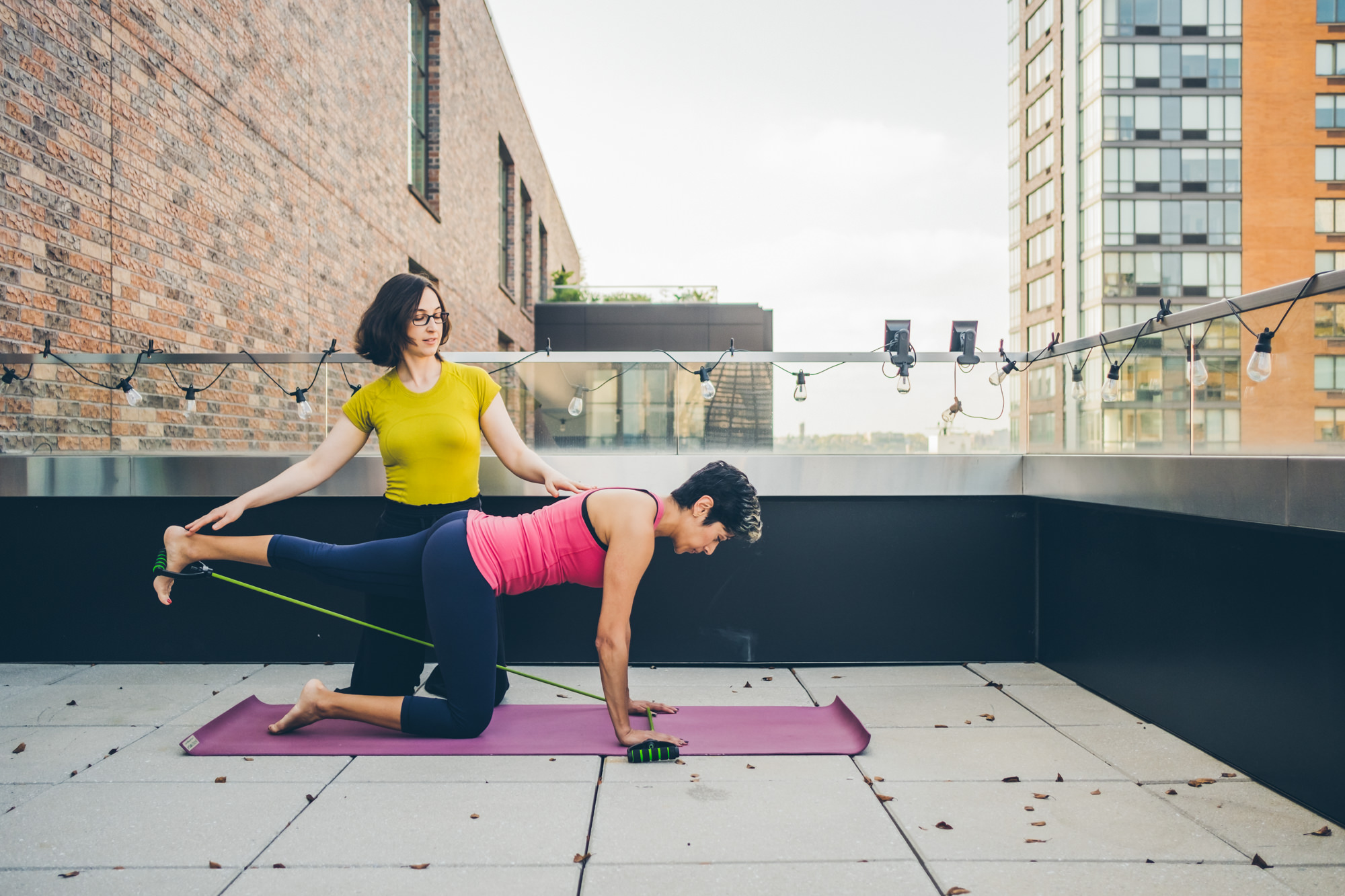
What equipment do I need to workout at home?
I know a lot of you are unsure of what you need in terms of equipment to workout at home, so I created this blog with my favorite at home workout equipment. All of our lives have changed dramatically and suddenly in the past few weeks. With so many aspects to rearrange and figure out, it’s easy to let exercise fall to the wayside. But I believe that now more than ever we need to prioritize exercise because much of our movements of daily life have been reduced or eliminated, and our stress levels are at an all time high.
| There are a lot of exercises you can do at home with just your body weight. So the first piece of workout equipment I would recommend is a good yoga mat. Here is a helpful article about different types of yoga mats so you can find the one that best fits your needs. Additionally, yoga blocks, and a strap are useful items for stretching at home. For help with very tight muscles, try a foam roller. There are a lot of options, but here’s a good all purpose foam roller. Bands are the cheapest, easiest to store, and most versatile piece of exercise equipment for at home strength training. I recommend two types of exercise bands to create a pretty complete at home workout series. There are circular bands you can put around your legs to create resistance for your hips. These can be used for clamshells or side stepping. They come in a variety of resistances so I recommend getting a package. The long bands with handles can, to a large extent, replace weights which saves a lot of space. You can attach them to doors or pin them under your feet and then pull on the handles for exercises like bicep curls, rows, and overhead presses. Again they come in a variety or resistances, so get a few options. Adjustable dumbbells are a bigger financial investment, but are definitely a good choice if you prefer to lift weights and don’t want to take up your whole living room with a weight stack. These allow you to recreate a lot of the gym experience as the weights typically range from 5-50 lbs, but only take up the space of one set of weights. This will give you a lot more versatility for your home workout. For more ideas on building a home workout, I recommend this article from The New York Times Wirecutter. |









